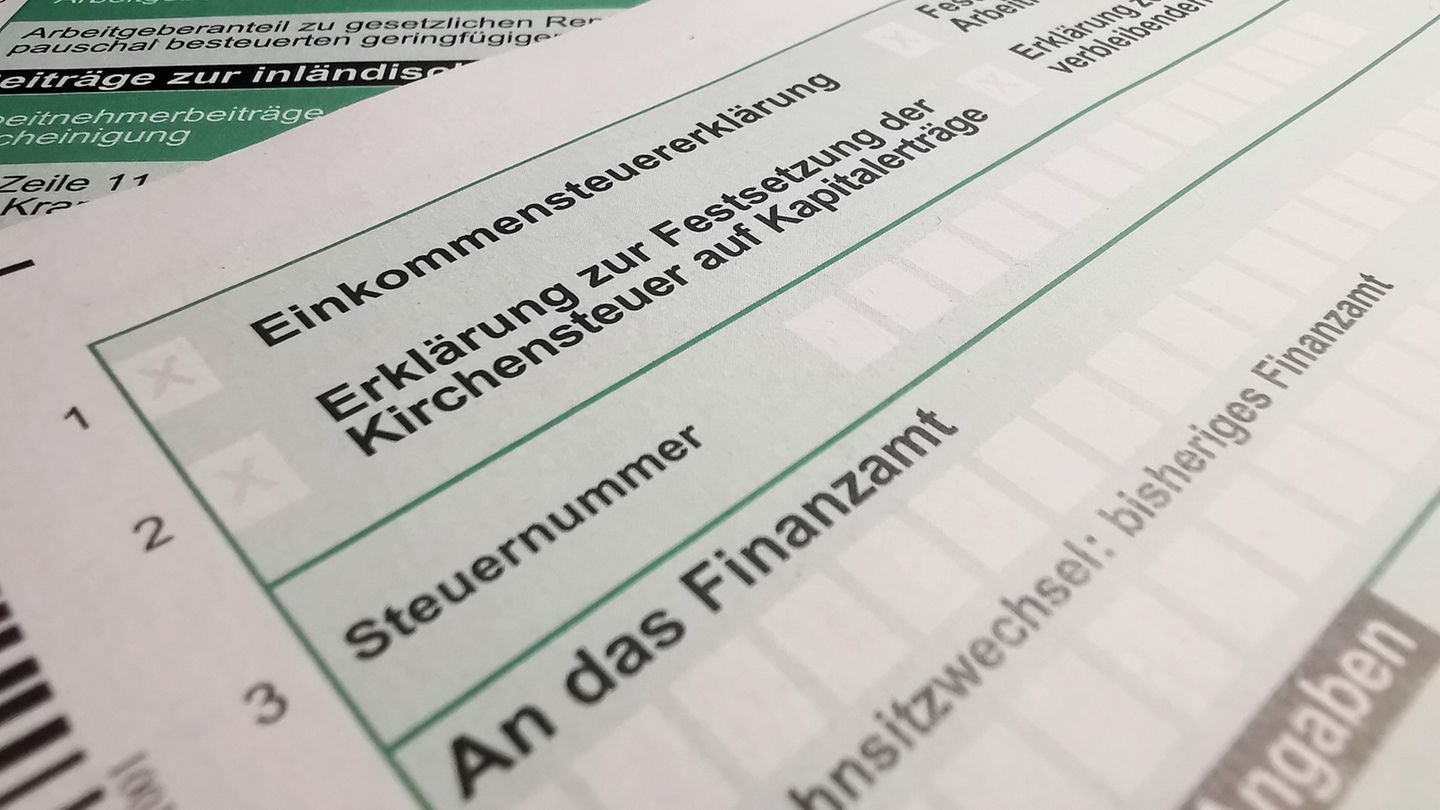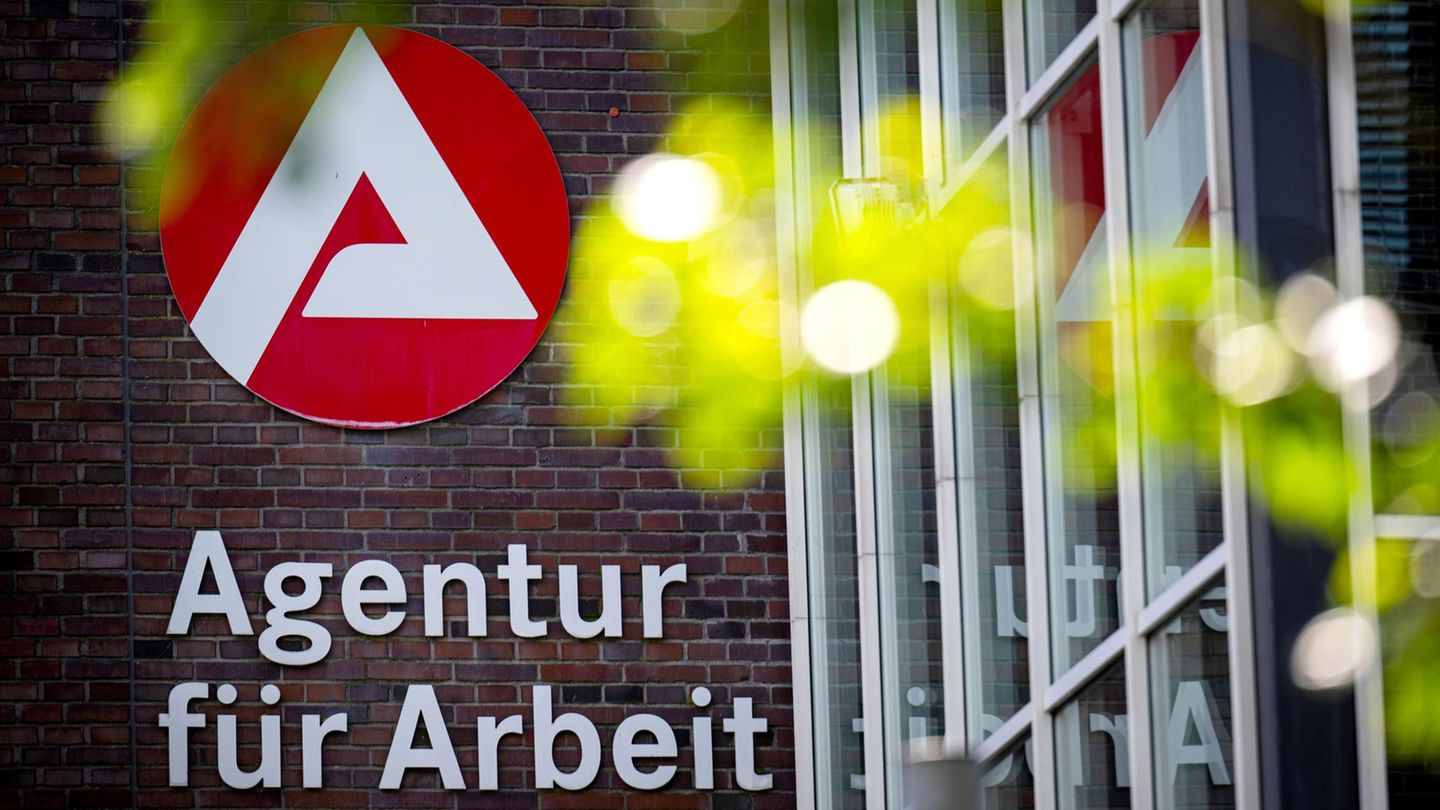After the corona hole, fuel prices will rise steeply in 2021 and are on the hunt for records. Even the political debate over countermeasures is boiling. From the point of view of experts, 2022 will be «exciting».
The fuel prices went on a wild roller coaster ride in the past year. The cheapest tank year since the E10 was introduced was followed by the most expensive since 2013, according to data from the ADAC.
November was even the most expensive month for refueling ever. All of this fueled the debate about state relief for motorists.
Up until the end of November, the average price for E10 premium gasoline in the current year was 1.514 euros per liter, the nationwide average. For diesel it was 1.373 euros. For the year as a whole, ADAC fuel market expert Jürgen Albrecht expects slightly higher final scores, because diesel and E10 were previously more expensive in December. Roughly speaking, it comes to an increase of 26 to 27 cents in the case of the E10 compared to the previous year, in the case of diesel it should be around 27 cents.
Up to 40 cents difference
The cheapest fueling day was January 1, at € 1.324 for E10 and € 1.215 for diesel. The most expensive days for diesel fell on November 11th with an all-time high of 1.572 euros per liter. E10 cost 1.701 on November 14, just barely past the 2012 record of 1.709. “With E10 there was a difference of almost 40 cents between the most expensive and the cheapest day, which is extraordinary,” says ADAC expert Albrecht.
The most important driver was the development of the oil price. The decreasing corona restrictions caused increasing demand, but supply remained scarce because large producing countries such as Saudi Arabia and Russia were only cautiously expanding their production. The prices increased significantly in 2021: From 50 dollars per barrel (159 liters) at the beginning of the year to more than 85 dollars at times in November. After that, the markets gave way again a little.
The rise in oil prices had been shaky and unsteady for the whole year. Above all, new developments in the corona pandemic caused concern over and over again. The highlight of this development was the discovery of the new Omikron corona variant in November. As a result, oil prices plummeted, but also recovered.
The coming year “will be exciting”
From the point of view of the ADAC, it is difficult to predict how things will continue in 2022. Too many factors have the potential to drive up or lower the price of oil as the most important factor in the cost of diesel and gasoline, as Albrecht says. “2022 will be exciting,” he is sure of.
The commodity experts at Commerzbank expect some relaxation: Prices should tend to decline, but remain at a higher level than before Corona, it is said. On the supply side, an end to the undersupply is to be expected, also because large economies such as the USA are throwing parts of their strategic reserves onto the market. How the demand will develop is uncertain and depends on the progress of the corona pandemic. However, the bank’s experts do not expect any severe restrictions on mobility that led to the collapse in oil demand in 2020.
For drivers, the rise in fuel prices in the current year made itself felt in the wallet. If you compare the costs of a typical gasoline car with a mileage of slightly more than 10,500 kilometers per year and eight liters of consumption per 100 kilometers, it would be more than 200 euros more than last year. For a typical diesel car that drives almost 20,000 kilometers a year and consumes six liters, it is even over 300 euros. But that’s also because 2020 was unusually cheap. If you compare it with the average fuel price over the past ten years, the price increase is not even half as great.
No price jump expected
After all, the new year will probably not start with a sharp jump in prices like 2021. At that time, the end of the VAT cut and the introduction of the carbon price coincided. That made more than 10 cents per liter. In 2022, the CO2 price will only increase by 5 euros per ton – that’s around one and a half cents per liter of fuel. “That gets lost in the fluctuations you have during the day,” says Albrecht.
These fluctuations – between the maximum price in the morning rush hour and the low in the evening are up to 7 cents – should be used by motorists, according to Albrecht, as well as price differences between petrol stations. “Petrol and diesel are homogeneous goods, there are no relevant differences in quality,” says the ADAC expert. If the motorists used their market power, they could provide cheaper fuel themselves, because the current prices still had room for improvement. “And as a rule, I don’t have to fill up within three minutes, but have a choice.”
And many could also save by choosing the fuel, says Albrecht. “Almost all petrol vehicles can fill up with E10 – this is currently around 6 cents per liter cheaper. Even so, most people still use regular premium gasoline – although they don’t have to. “
Source From: Stern
Jane Stock is a technology author, who has written for 24 Hours World. She writes about the latest in technology news and trends, and is always on the lookout for new and innovative ways to improve his audience’s experience.




